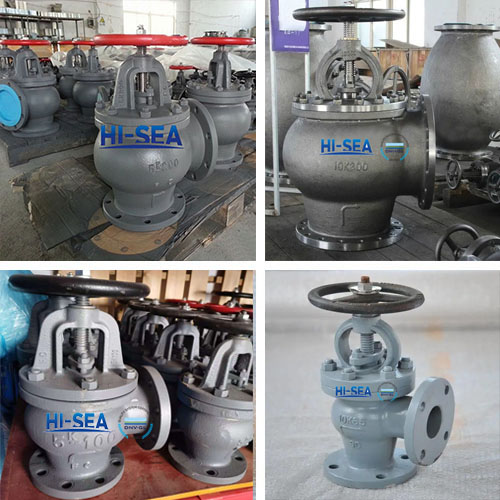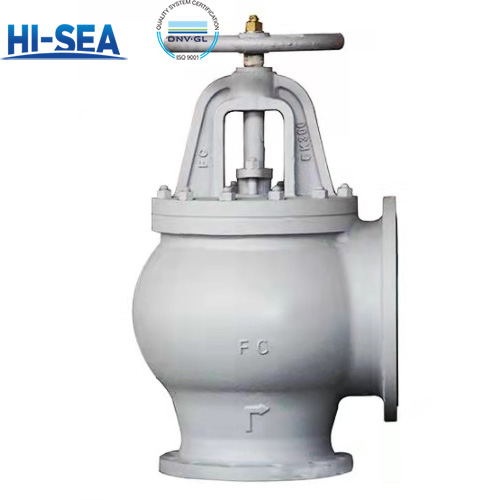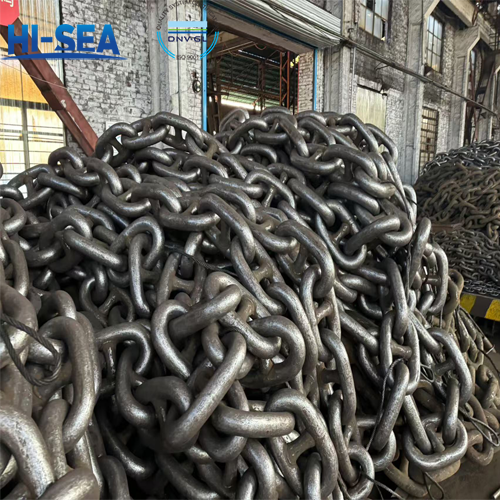
The Difference Between Cast Steel and Cast Iron Angle Valves
Cast steel and cast iron angle valves are both types of valves commonly used in piping systems, but they differ in their materials and properties.
Overview
Material:
-Cast Steel: These valves are made from steel that has been melted and poured into a mold to form the valve body. Cast steel offers higher strength and resistance to corrosion compared to cast iron.
-Cast Iron: Cast iron angle valves, on the other hand, are made from iron that has been melted and poured into a mold. Cast iron is more brittle and less ductile than cast steel.
Strength:
-Cast Steel: Due to its higher strength, cast steel valves can withstand higher pressures and temperatures compared to cast iron valves. They are often used in high-pressure and high-temperature applications.
-Cast Iron: Cast iron valves have lower strength compared to cast steel valves and are typically used in applications where lower pressure and temperature ratings are sufficient.
Corrosion Resistance:
-Cast Steel: Cast steel valves have better resistance to corrosion compared to cast iron valves, especially in harsh environments or when exposed to corrosive fluids.
-Cast Iron: Cast iron valves are more prone to corrosion, especially in environments with high humidity or exposure to corrosive substances. They may require more frequent maintenance or protective coatings to prevent corrosion.
Cost:
-Cast Steel: Cast steel valves are generally more expensive than cast iron valves due to the higher cost of materials and manufacturing processes.
-Cast Iron: Cast iron valves are more cost-effective compared to cast steel valves, making them a popular choice for applications where cost is a significant factor.
Application:
-Cast Steel: Cast steel valves are commonly used in industries such as oil and gas, chemical processing, power generation, and refining, where high-pressure and high-temperature conditions are prevalent.
-Cast Iron: Cast iron valves are often used in applications such as water and wastewater systems, HVAC systems, and plumbing, where lower pressure and temperature ratings are sufficient.
Image of product:

MAIN DIMENSIONS | |||||||||
Size | L | D | C | No. | h | t | H | D2 | Kg |
50 | 210 | 130 | 105 | 4 | 15 | 16 | 270 | 160 | 14.7 |
65 | 250 | 155 | 130 | 4 | 15 | 18 | 300 | 180 | 21.3 |
80 | 280 | 180 | 145 | 4 | 19 | 18 | 310 | 180 | 27.7 |
100 | 340 | 200 | 165 | 8 | 19 | 20 | 360 | 224 | 40.8 |
125 | 410 | 235 | 200 | 8 | 19 | 20 | 390 | 250 | 57.6 |
150 | 480 | 265 | 230 | 8 | 19 | 22 | 445 | 280 | 80.3 |
200 | 570 | 320 | 280 | 8 | 23 | 24 | 530 | 315 | 139 |
250 | 740 | 385 | 345 | 12 | 23 | 26 | 650 | 355 | 216 |
300 | 840 | 430 | 390 | 12 | 23 | 28 | 740 | 400 | 346 |
350 | 940 | 480 | 435 | 12 | 25 | 30 | 840 | 500 | 418 |
400 | 1050 | 540 | 495 | 16 | 25 | 30 | 940 | 630 | 600 |





